Astrotourism & Costa Rica’s Night Skies

WHAT IS ASTROTOURISM?
A Holiday for Stargazers
Astrotourism blends science, nature, and wonder into one unforgettable experience. Fueled by growing interest in stargazing and the protection of dark skies, it invites travelers to explore the cosmos from Earth’s most pristine vantage points. Costa Rica, with its rich biodiversity and remote landscapes, is emerging as a quiet star in this movement.
From the misty peaks to the ocean-wrapped peninsulas, several Costa Rican regions now draw visitors not just for wildlife or beaches—but for the night sky itself. These travelers seek more than scenery. They come for meteor showers, planetary alignments, and the hush of a moonless night where the Milky Way spills across the heavens.
A Whole New World Can Open Up
Astrotourists chase skies untouched by artificial light. In these rare places, galaxies stretch across the horizon. Star clusters sparkle. Nebulae glow in vivid color. Solar system dust clouds shimmer without help from telescopes or binoculars.
The Milky Way dominates the view—bright, textured, and alive. Zodiacal Light and Gegenschein appear like whispers from deep space. For many, it’s the first time they’ve seen these phenomena. The sky becomes so rich with detail that familiar constellations fade into the background. It’s not just stargazing—it’s immersion in a living, breathing cosmos.

And because stargazing is a nighttime activity, global locations that also offer daytime attractions excel in attracting the Astrotourist.
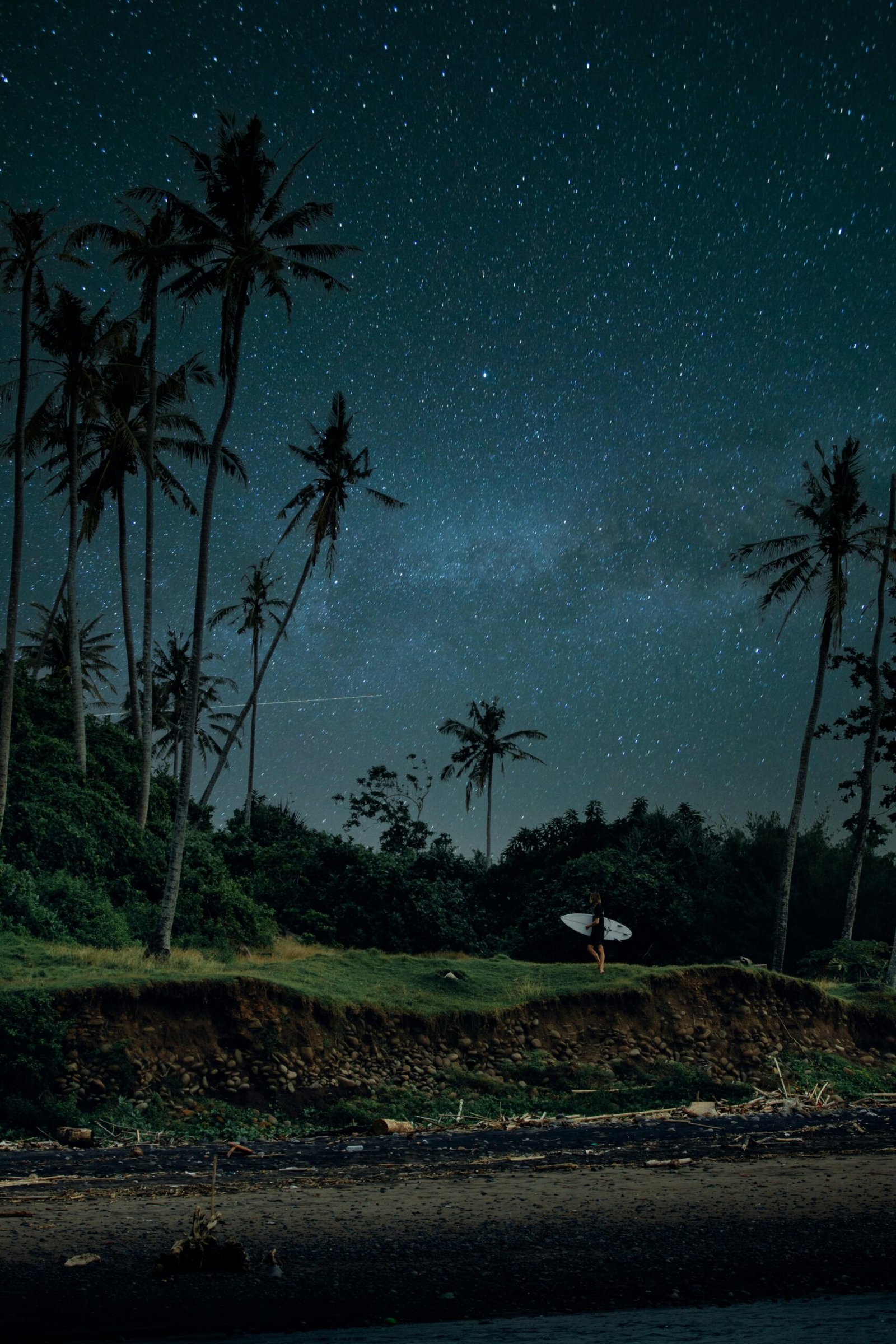
COSTA RICA’S DARK SKIES
Two Premiere Locations
Nicoya and Osa Peninsulas stand out as Costa Rica’s premier dark-sky destinations. Both reach into the Pacific, pushing past the glow of city lights to embrace the night. Nicoya, in the north, faces growing light pollution, yet pockets of darkness remain. Its dry climate offers more clear nights, making it a reliable choice for stargazers.
Osa, in the south, is wrapped in near-pristine darkness. The stars here shine with rare clarity, untouched by urban sprawl. But the region’s humidity and frequent rain can shorten the viewing windows. When skies do clear, though, they reveal a celestial canvas few places on Earth can match.
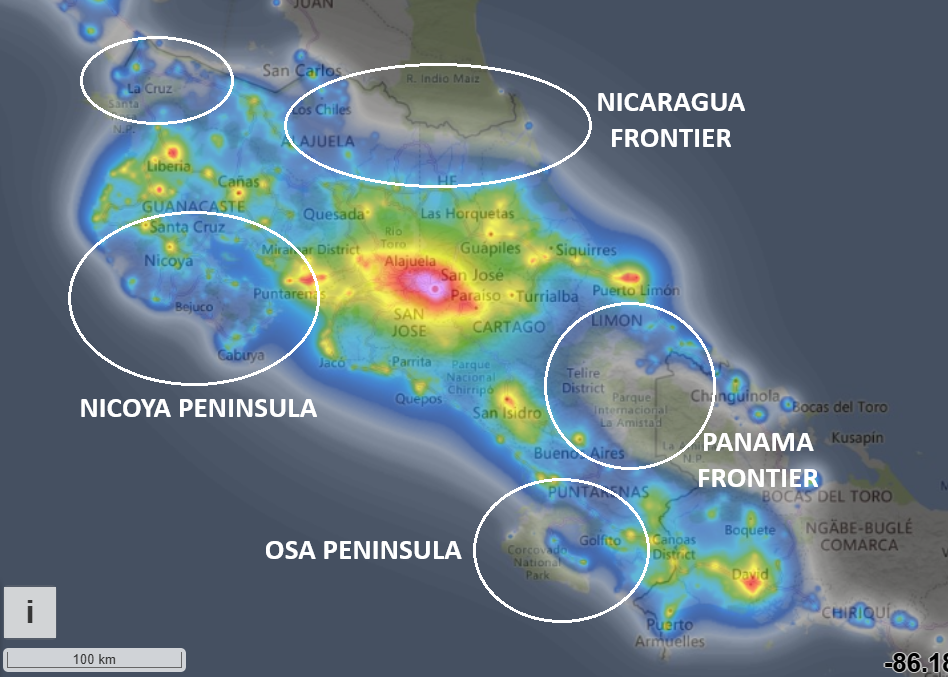
Two Honorable Mentions
The regions near the Nicaraguan and Panamanian borders offer superb dark skies. Still, they lack infrastructure—few roads, accommodations, or activities. La Cruz, near Nicaragua, has a small pocket of accessibility, but most frontier zones remain remote and quiet.
Other dark sky spots dot Costa Rica, especially in high mountain areas. These elevated sites promise stunning views but may still catch stray light from towns below. Despite this, many remain excellent for stargazing.
If you would like to browse the interactive dark sky map used in the images above and below, it can be accessed here.

A few examples of accommodation providers who include a stargazing component:
- Suitree Experience Hotel – a posh, beautiful & unique treehouse resort in Guanacaste.
- Drift Away Lodge – a resort in Guanacaste.
- Four Seasons Resort – here you will drink wine aged with a real meteor fragment before stargazing, also in Guanacaste.
- Luna Lodge, a jungle-immersed eco lodge on the Osa Peninsula
THE BORTLE SCALE
The Bortle Scale ranks night skies by darkness and clarity. At levels 8 or 9, only the brightest stars break through the glow. At the other end, skies reveal stars, nebulae, and faint glows most people never learn to name.
In Costa Rica, only parts of the Osa Peninsula reach Bortle levels near 1 or 2. These skies offer near-pristine views. The other dark sky sites likely stay around levels 2 or 3. Even so, they remain dark enough to inspire awe and reveal the quiet brilliance of the cosmos.
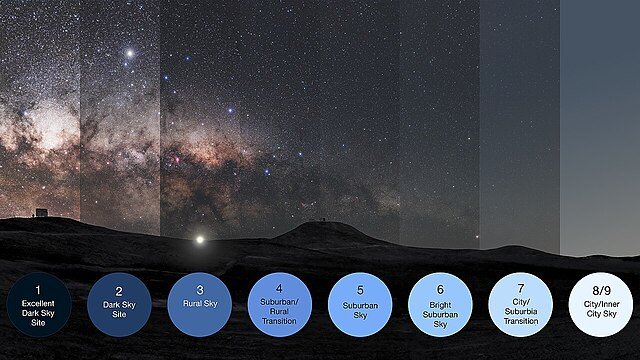

WHY COSTA RICA?
Several reasons conspire to make Costa Rica a perfect Astrotourism getaway:
-
COSTA RICA’S PERFECT LOCATION
Thanks to its proximity to the equator, Costa Rica offers views of both the Northern Hemisphere and Southern Hemisphere constellations and objects. To an Astrotourist, that is a HUGE bonus.
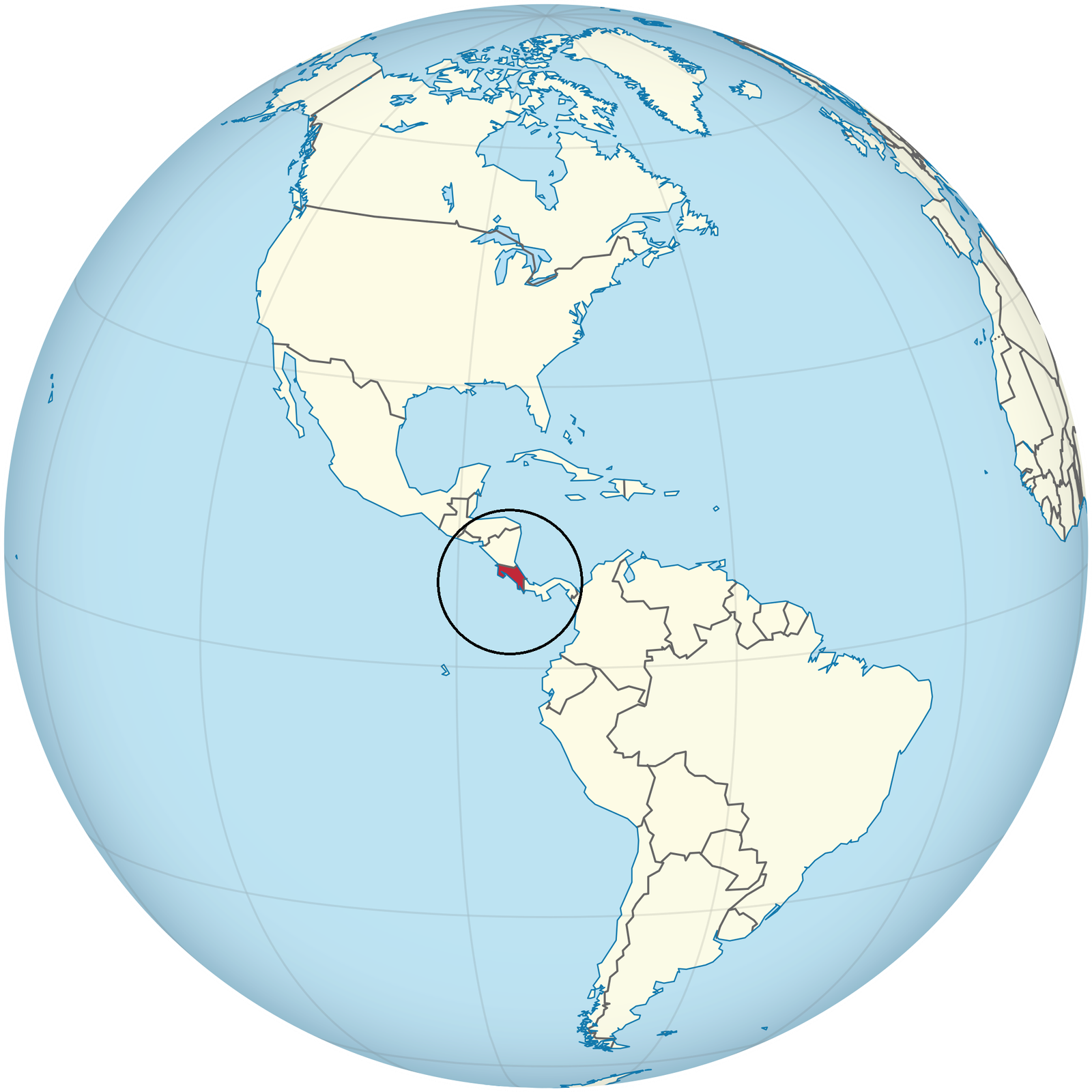
-
A CHOICE OF DARK SKY SITES
Costa Rica’s principal dark night sites give two distinct options. A more developed & posh Nicoya Peninsula about 3-4 hours from San Jose Airport or 1-2 hours from Liberia Airport, or the wild, secluded, primeval & mysterious Osa Peninsula about 6 hours from San Jose Airport (4×4 drive vehicles would be required in most cases).
-
BEACHES, ADRENALINE & ECO ACTIVITES
We all know Costa Rica is a famous adventure, eco-tourism, sport fishing, whale watching and beach holiday destination. Attaching an Astrotourism component to our already amazingly rich offering is a no-brainer.
-
PROXIMITY
Costa Rica is a mere 2.5-6 hours away from major American cities. London, Paris, and Madrid are 10 hours away via direct flights.
-
NEARBY SERVICES & AMENITIES
The two principal dark sky sites in Costa Rica are located in already famous tourism areas. Nicoya Peninsula (Guanacaste) has developed into a surf & beach holiday destination for adventurers, families and A-class celebrities alike. Services and amenities are plentiful, and accommodation options range from hostels to five star luxury resorts, many of which provide a stargazing component to their offer.
Osa Peninsula is less developed but that is a part of her fame – home to the world famous Corcovado National Park which covers most of the land area, Osa nevertheless offers services, amenities and a range of accommodation in her service towns like Drake Bay and Puerto Jimenez.
So if you want class, gleam and luxury you can go to Nicoya. If you want primeval jungle wilds, you can go to Osa. Either way, you will be presented with beautiful, dark skies.
NIGHT SKY PHENOMENA
Let’s take a brief look at some of the night sky wonders which may be seen under darker skies.
-
ZODIACAL LIGHT & ZODIACAL BAND
Zodiacal Light, often called false dawn, glows faintly before sunrise. It comes from sunlight scattered by interplanetary dust. This glow forms a soft triangle that points away from the Sun along the zodiac. Though brightest near the Sun, it stretches across the ecliptic as the Zodiacal Band. On moonless nights, this band adds a subtle brightness to the sky.
The dust behind this glow has many sources. Comets leave trails. Asteroids collide and shed debris. New studies suggest Mars adds matter too, as its thin atmosphere escapes into space.
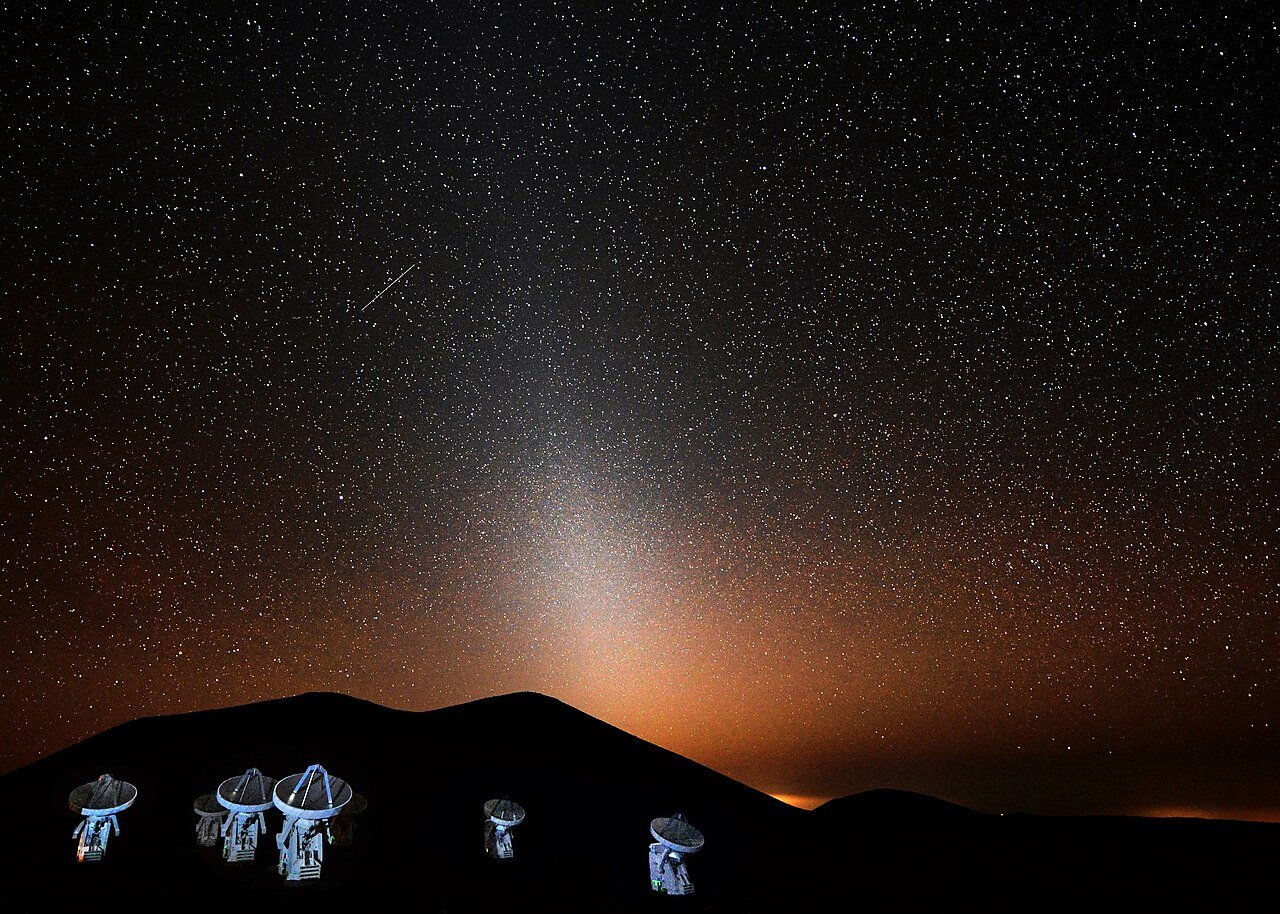
-
GEGENSCHEIN
Interplanetary dust also creates this effect. It belongs to the Zodiacal Band and forms a dim glow in the night sky. This glow centers on the antisolar point—the spot directly opposite the sun. Sunlight scatters backward off the dust, producing the Gegenschein. The glow is extremely faint and appears only in the darkest, clearest skies.
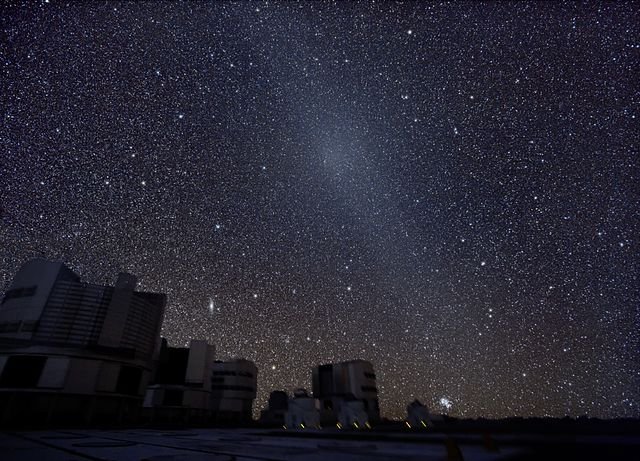
-
MILKY WAY
he Milky Way first shows up faintly at Bortle scale level 6 or 7. In truly dark skies, it bursts with color, texture, and light. Some regions shimmer with stars. Others vanish behind thick clouds of cosmic dust. Every star in our night sky belongs to the Milky Way. Anything that looks like a star but isn’t one is a distant galaxy. Its light travels so far that it shrinks to a single glowing point.
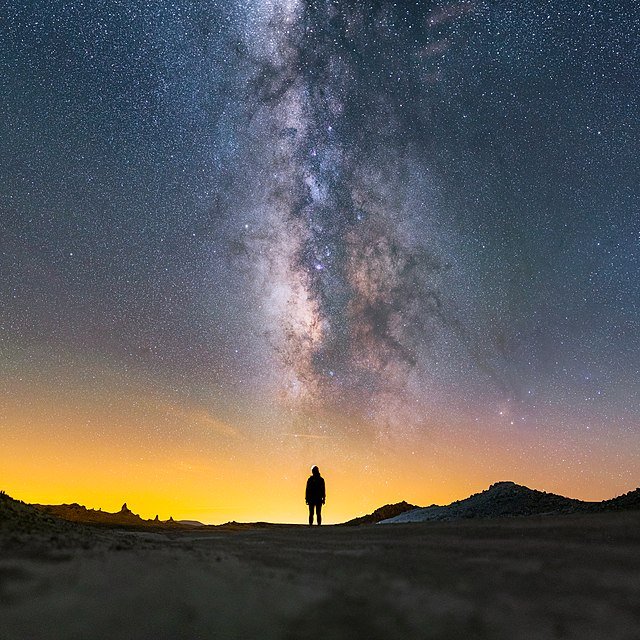
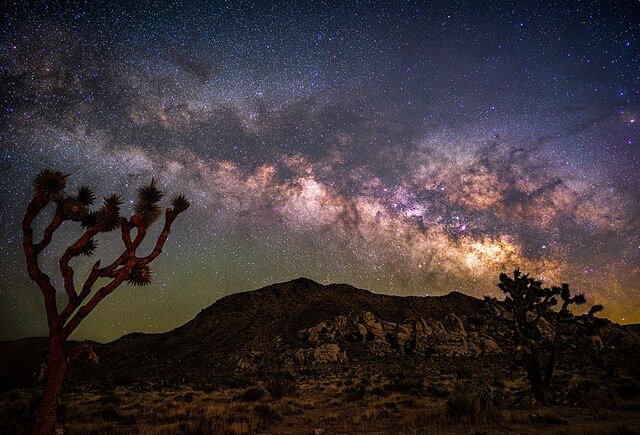
The composite panorama of the entire dark night sky presented in her full glory below. The bright white band streaking from left to right is Zodiacal Band, created by sunlight scattering off interplanetary dust. The two glowing ends of this band make up the Zodiacal Light. This light can be so bright that it can easily be mistaken for light pollution on a dark night. The bright patch of light at the center of the image is directly opposite the Sun in the sky – the Gegenschein. The distinct band of the Milky Way is clearly visible crossing the Zodiacal Band as a sharp angle. 
-
AIRGLOW
Airglow is one of Earth’s quietest but most persistent light shows. Unlike auroras, which dance with magnetic drama, airglow is a subtle, steady luminescence caused by chemical reactions in the upper atmosphere. During the day, sunlight splits atmospheric molecules—mainly oxygen and nitrogen—into excited states. These reactions produce dayglow, which is far too faint to see against the brightness of daylight.
At night, those same molecules recombine, releasing energy as nightglow. This process emits soft bands of green, red, and blue light, depending on altitude and the type of molecule involved. Even in the darkest skies, airglow ensures the night is never truly black. It’s strongest around 90 to 100 km above Earth’s surface and appears brightest about 10° above the horizon, where the atmosphere is thickest in view.
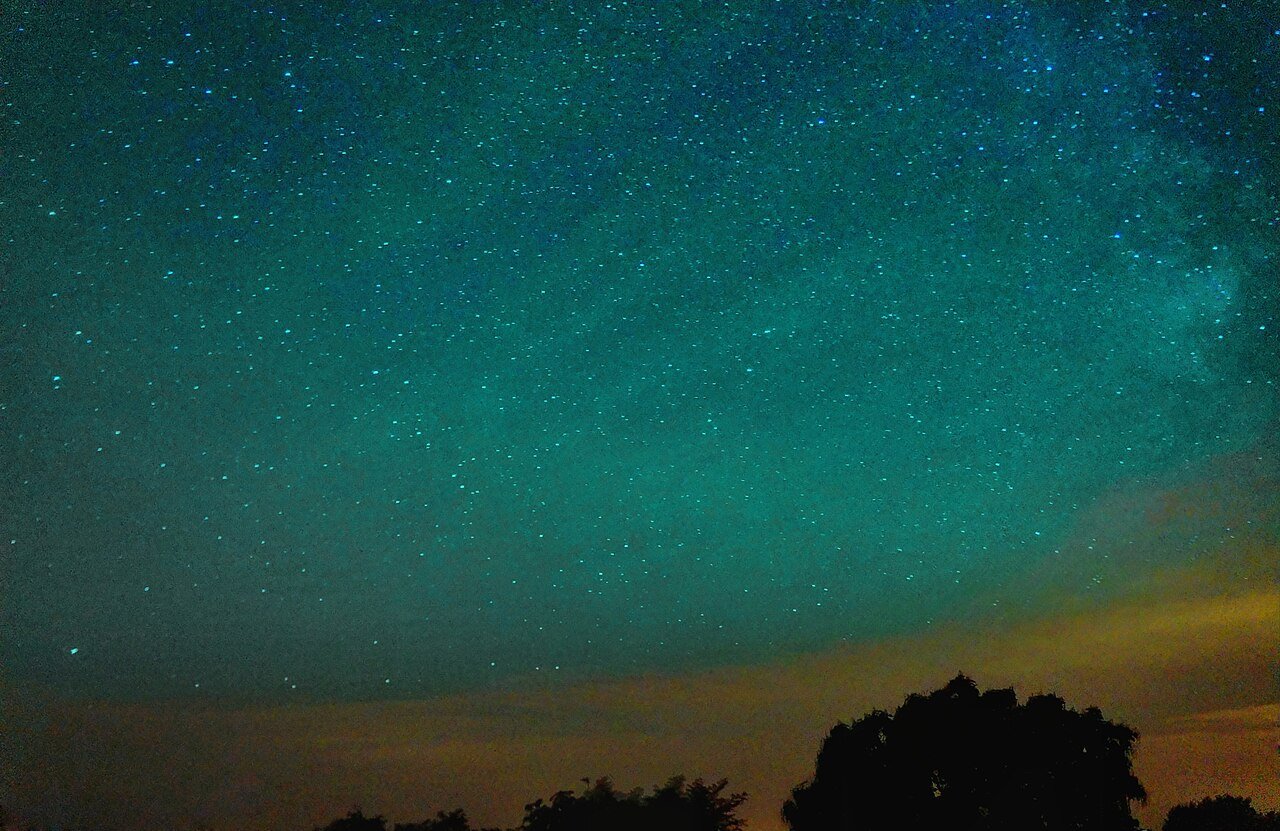
-
NEBULAE, GALAXIES AND STAR CLUSTERS
Dozens and dozens of sky objects come into focus as the sky darkens. Star clusters turn bright & brilliant, nebulae come alive with colors, and fuzzy galaxies stretch across the skies.
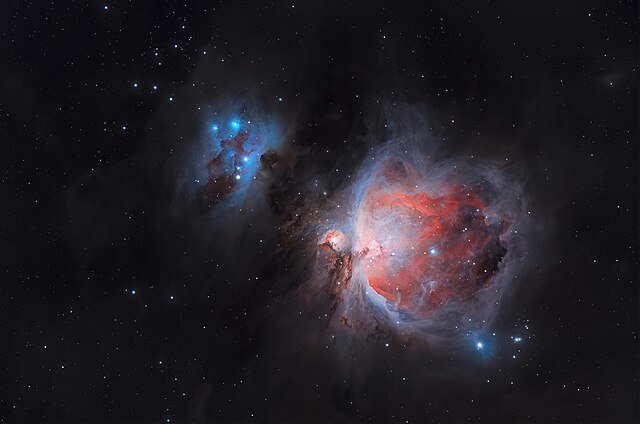
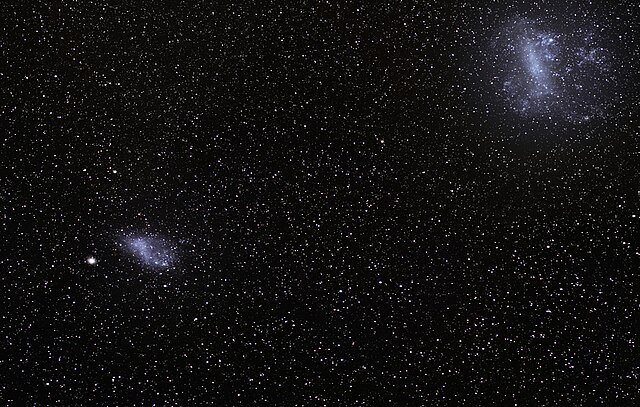

COSIDERATIONS
Timing matters when planning a stargazing trip. A bright moon can wash out the stars, so aim for nights close to the New Moon or times when the moon hasn’t yet risen or has already set. Depending on the phase, the best viewing may happen in the early evening or after midnight. Clear skies and minimal light interference make all the difference.
In tropical countries like Costa Rica, the wet season brings heavy clouds, high humidity, and unpredictable weather. Even in the drier northern regions, conditions often remain unsuitable for Astrotourism. For the best experience, visit during the dry season—typically December to April—when skies stay clear and visibility improves. Planning around both lunar cycles and seasonal weather ensures a truly magical night under the stars.
WHAT CAN WE DO?
A Polluted Landscape
Light pollution now blankets much of the planet. An estimated 83% of the global population lives under skies that are artificially brightened, obscuring stars and natural darkness. Even more striking, 23% of Earth’s land area suffers from skyglow—a condition where artificial light reflects off particles in the atmosphere, creating a dome of brightness that can be intense enough to read by at night.
Skyglow disrupts ecosystems, confuses migratory animals, and interferes with human circadian rhythms. In urban areas, it erases the night sky entirely, leaving only the brightest planets and a handful of stars visible. The loss isn’t just visual—it’s ecological, cultural, and even spiritual.
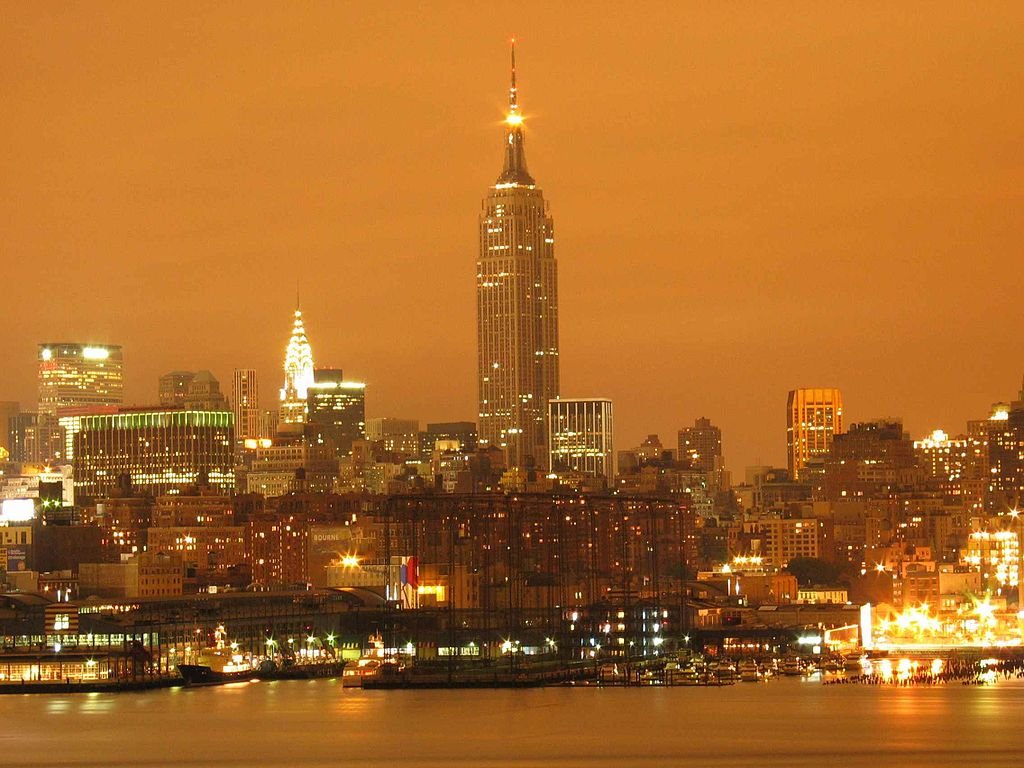
…But All is Not Lost!
Thankfully, very simple steps can be taken to minimize light pollution. It takes both individual & community effort, as in the success story of Flagstaff, Arizona, which became a posterchild for the dark sky movement (more about Flagstaff at the end of the article).
Community
- Streetlight Controllers use sensors to dim a streetlight during certain night hours or perform dynamic monitoring by dimming the light when no traffic is detected.
- Image-Based Street Lighting – This system further enhances the intelligence of the fixture by managing brightness levels based on identification of cars, pedestrians, and bicycles. It uses sophisticated cameras and sensors to select the most optimum lighting strength.
- Lighting Intensity – many outdoor lights including streetlights are simply too bright. There would be no drawbacks in dimming them, and not only would they open up the skies but also save energy and give people a more comfortable sleeping environment.
- Lighting Temperature (color) – cooler light temperatures (meaning more towards orange and red) preserve the dark skies while higher temperatures (blue, white) lighting contributes to glare & skyglow. Unfortunately, the recent advent of LED lighting is leading to the replacement of cool, orange sodium lights with warm and hot bluish and white LED lighting.
- Unnecessary lighting – billboards, business signs, building illuminations, decorative holiday lighting, empty commercial building & sport facility lighting, empty carparks, etc – these can be flicked off in the late hours of the night.
- Lampshades – outdoor lighting fixtures are being designed with the night sky in mind – special covers or design elements ensure that the light is focused downwards only, with minimal leakage of light pollution towards the night sky.
Individual
- Individual Effort – dimming or turning off your outside lighting such as lamps & pool lights is always an option. This has to be balanced with security requirements for your property. Perhaps motion-sensor lighting could replace some permanent outside illumination? You can also use cooler lighting colors both inside and outside – not only will this limit skyglow, the cooler colors are also more relaxing and associated with much better sleep.
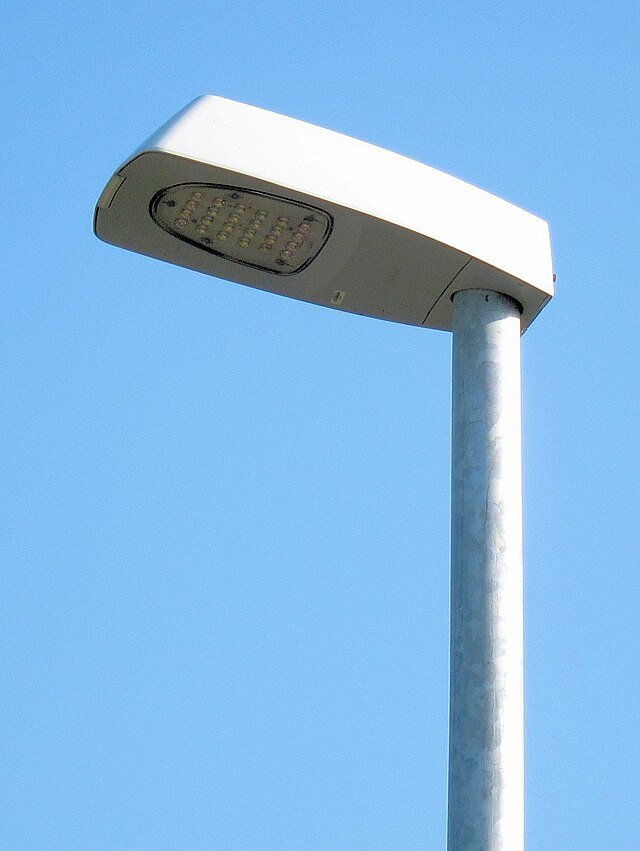
IMAGINE standing under pristinely dark skies and enjoying wonders and spectacles of our universe:
- The Zodiacal Light is visible and colorful
- The Gegenschein is readily visible
- The Zodiacal Band is visible
- Airglow is readily visible
- The summer Milky Way is highly structured
- The Scorpius and Sagittarius regions of the Milky Way cast obvious shadows
- Many constellations, particularly fainter ones, are barely recognizable amid the large number of stars
- Venus and Jupiter affect dark adaptation
FLAGSTAFF, ARIZONA
Since 1958, Flagstaff, Arizona has led the way in protecting the night sky. It became the world’s first International Dark Sky City in 2001, thanks to decades of proactive policies and community support. Flagstaff’s skies are 90% darker than those of similarly sized U.S. cities, offering residents nightly views of stars, constellations, and the Milky Way.
The city enforces strict outdoor lighting ordinances, requiring fixtures to be shielded and directed downward to prevent skyglow. Commercial lighting faces similar restrictions, and residents actively reduce light pollution from their homes. Flagstaff’s commitment balances astronomy, ecology, and public safety, preserving its skies for observatories, wildlife, and future generations.
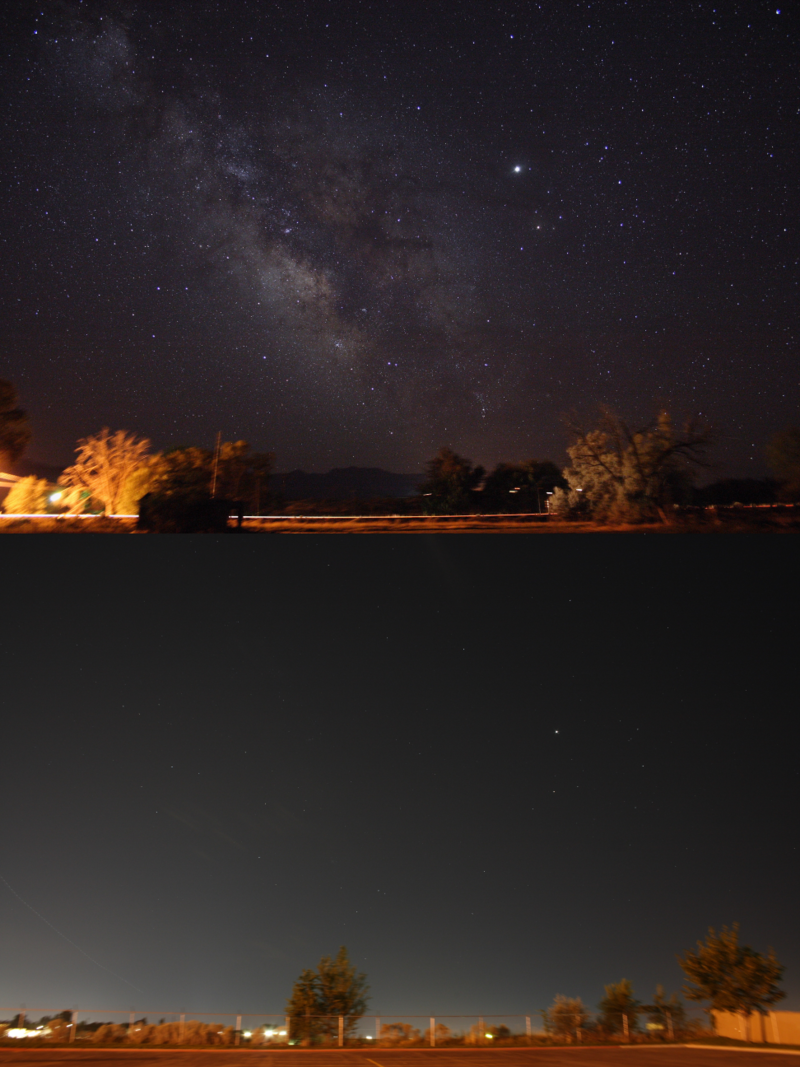
Imagine a country not only blessed by dark and pristine skies, but also drenched in rich natural wonders, stunning beaches, eco-tourism excursions and adrenaline-pumping activities – it is no wonder Costa Rica is making waves as an emerging Astrotourism destination. And many visitors tend to fall in love with our beautiful Costa Ballena – we invite you to browse the local properties available in our area, knowing that RE/MAX WE SELL PARADISE is your trusted partner in the South Pacific corner of Costa Rica.



